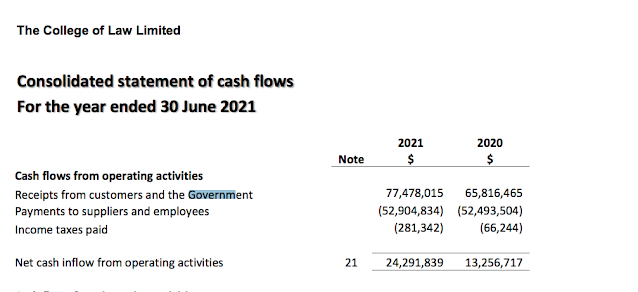How immigration has kept Australian GDP growing but made us all poorer explained by a simple diagram from the Reserve Bank Australia website
by Ganesh Sahathevan
Aggregate supply refers to the total output of goods and services in the economy. Aggregate supply is determined by the level of inputs available to produce goods and services, and how efficiently these inputs are used. The main inputs into production are labour and capital. The amount of labour available depends on how many people there are in the economy (population) and how many of them are working or would like to work (the participation rate). Capital refers to things that are used in production. Capital can be tangible, such as buildings, machinery and equipment, or intangible, such as research and development.
Productivity refers to how much can be produced with a given set of inputs.
Productivity growth occurs when we find ways to produce more with a given amount of labour and capital. Productivity growth is often associated with increases in efficiency and advances in technology. Increases in aggregate supply increase the productive capacity of the economy (usually called potential output).
Population in Australia has been expanding due, primarily, to immigration. However, not all migrants work, and even those who do work may not necessarily fit into the Australian economic machine so seamlessly that that they can even match, let alone increase, productivity.
In any case, "productivity growth is often associated with increases in efficiency and advances in technology" and clearly, that is not happening in Australia.
So, increasing migration increases GDP, but it is really an accounting trick, a case of playing with the formula, which at the end of the day is only a formula that has come to be accepted as a means of calculating GDP. It is not unlike any number of poorly constructed "climate change" that models that have predicted the end of the world.
END



Comments
Post a Comment